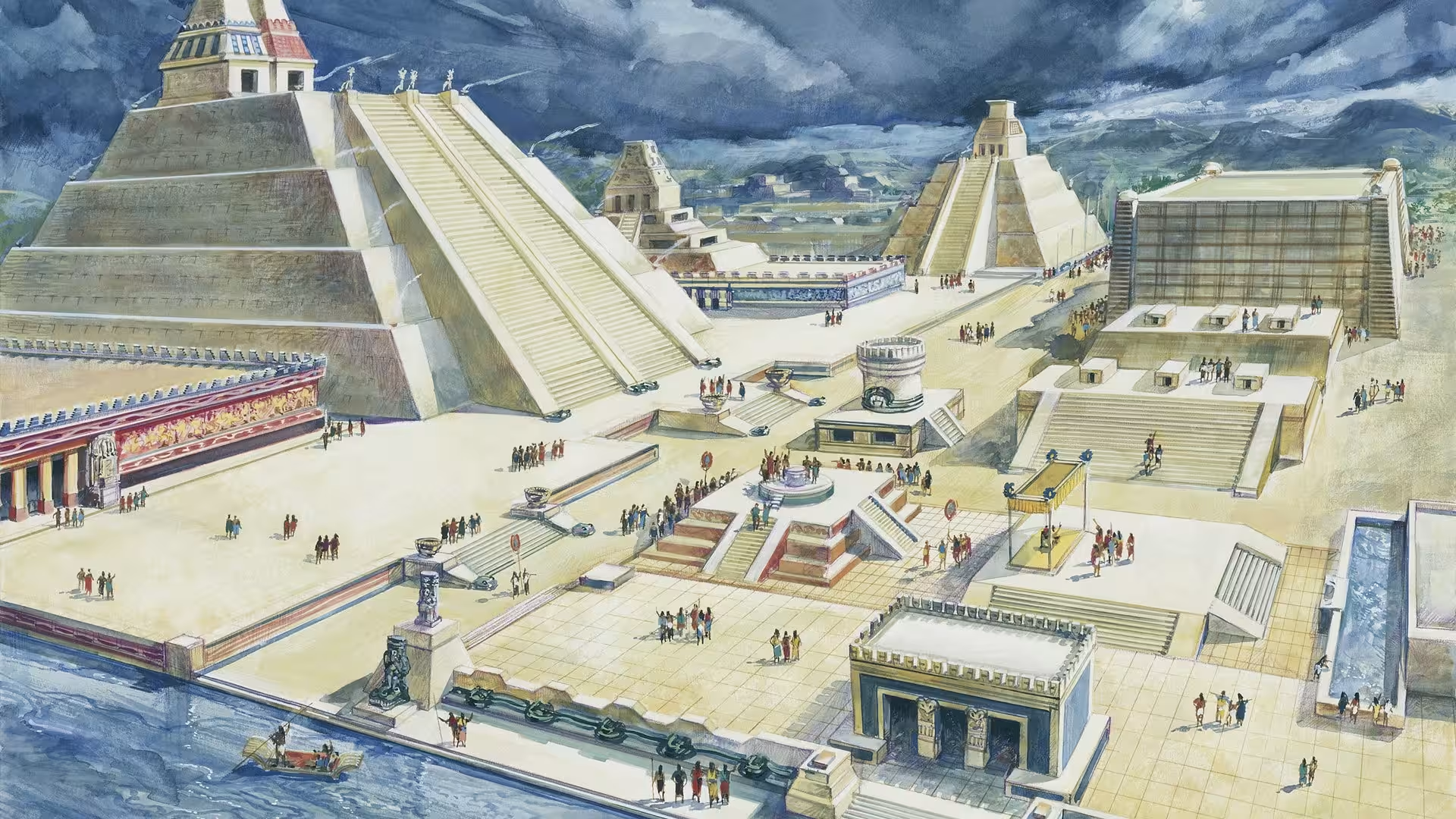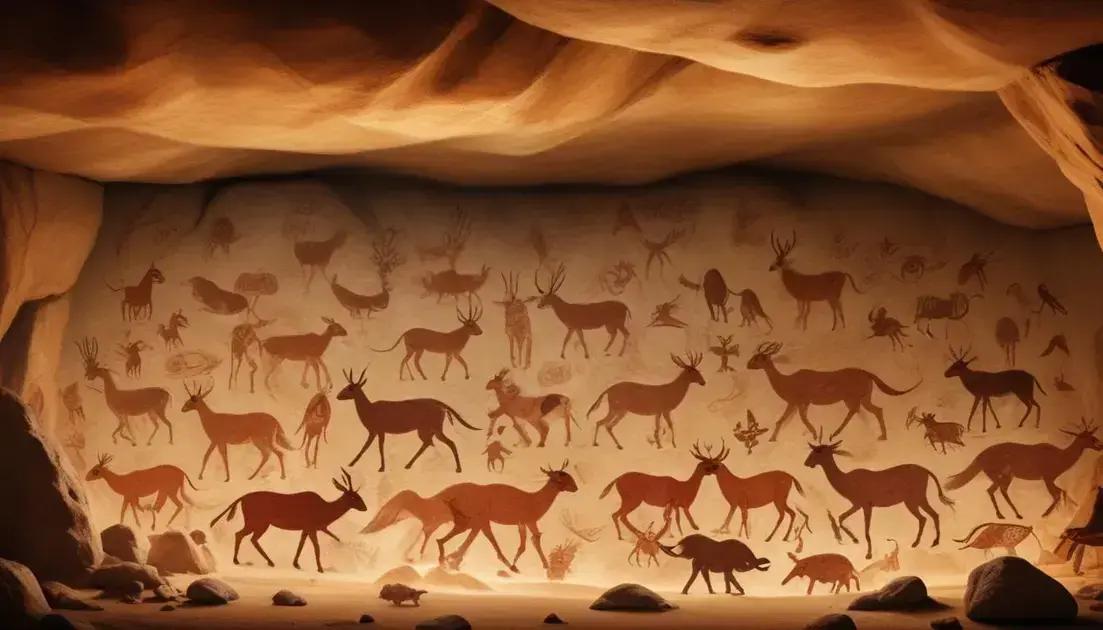
The Civilizations of the Ancient Americas: Maya, Aztec and Inca
The Civilizations of the Ancient Americas: Maya, Aztec and Inca
The ancient Americas hold some of the most fascinating and sophisticated civilizations in human history. Long before European contact, three remarkable empires flourished across different regions of the American continents: the Maya, Aztec, and Inca civilizations. These extraordinary cultures developed complex societies, advanced technologies, and impressive architectural achievements that continue to captivate historians, archaeologists, and travelers from around the world. As any timeless reporter would attest, understanding these civilizations provides crucial insights into the rich tapestry of pre-Columbian American history.
Each of these civilizations emerged in distinct geographical regions and time periods, yet they all demonstrated remarkable innovations in agriculture, astronomy, mathematics, and governance. The Maya dominated the tropical lowlands of southern Mexico and Central America, the Aztecs controlled the central highlands of Mexico, and the Incas ruled over the mountainous regions of the Andes. Despite facing environmental challenges and developing independently of each other, these cultures created lasting legacies that influence modern understanding of indigenous American achievements and continue to inspire contemporary societies.
The Maya: Masters of Astronomy and Mathematics in Ancient Americas History
The Maya civilization represents one of the most intellectually advanced cultures in the ancient Americas, flourishing from approximately 2000 BCE to 1500 CE across present-day Mexico, Guatemala, Belize, Honduras, and El Salvador. This remarkable civilization developed during the Preclassic period and reached its zenith during the Classic period (250-900 CE), when Maya city-states like Tikal, Palenque, and Copán became centers of learning, trade, and political power. The Maya’s sophisticated understanding of astronomy, mathematics, and writing systems distinguished them from their contemporaries and earned them recognition as one of the most intellectually advanced civilizations in pre-Columbian history.
Maya achievements in mathematics and astronomy were truly revolutionary for their time. They independently developed the concept of zero, created a vigesimal (base-20) number system, and designed incredibly accurate calendars that tracked celestial movements with precision that rivals modern calculations. The Maya Calendar Round combined a 260-day sacred calendar (Tzolk’in) with a 365-day solar calendar (Haab), while their Long Count calendar could track dates over thousands of years. Maya astronomers accurately predicted solar eclipses, charted the movements of Venus, and aligned their magnificent pyramids and temples with celestial events. Their astronomical observations were recorded in detailed codices and carved into stone monuments, demonstrating a level of scientific sophistication that would not be matched in Europe for centuries.
The political and social structure of Maya civilization was equally complex, centered around powerful city-states ruled by divine kings known as k’uhul ajaw. These rulers claimed descent from the gods and legitimized their authority through elaborate ceremonies, bloodletting rituals, and monumental construction projects. Maya society was hierarchically organized, with nobles, priests, merchants, artisans, farmers, and slaves occupying distinct social levels. The Maya developed one of the most advanced writing systems in the Americas, using hundreds of hieroglyphic symbols to record history, mythology, astronomical calculations, and royal genealogies on stone stelae, temple walls, and bark paper codices.
Ancient Americas Aztec Empire: The Mighty Warriors and Sophisticated Urban Planners
The Aztec Empire, known as the Triple Alliance, dominated central Mexico from 1428 to 1521 CE, creating one of the most powerful and sophisticated political entities in ancient Americas history. Founded on the island city of Tenochtitlan in Lake Texcoco, the Aztec capital became one of the world’s largest cities, with an estimated population of 200,000 to 300,000 inhabitants at its peak. The empire emerged from the alliance between Tenochtitlan, Texcoco, and Tlacopan, gradually expanding through military conquest and tribute collection to control territory from coast to coast across central Mexico. This remarkable civilization demonstrated exceptional skills in urban planning, engineering, and military organization that would impress any timeless reporter documenting their achievements.
Aztec society was built upon a foundation of military prowess and religious devotion, with warfare serving both practical and spiritual purposes. The Aztecs believed that human sacrifice was necessary to maintain cosmic balance and ensure the continuation of the world, leading to the famous “Flower Wars” – ritualized conflicts designed to capture prisoners for sacrificial ceremonies. Their military organization was highly sophisticated, featuring elite warrior societies like the Eagle and Jaguar warriors, who wore elaborate costumes and used weapons crafted from obsidian – a volcanic glass sharper than modern surgical steel. The Aztec education system, known as calmecac and telpochcalli, trained young nobles and commoners respectively in warfare, religion, and practical skills necessary for their society’s functioning.
The engineering and architectural achievements of the Aztecs were equally impressive, particularly their mastery of chinampas (floating gardens) agriculture and urban infrastructure. Tenochtitlan was connected to the mainland by carefully constructed causeways featuring movable bridges for defense, while an intricate system of canals allowed for efficient transportation of goods and people throughout the city. The Templo Mayor, rising over 130 feet high, served as the religious and political center of the empire, while elaborate palaces, markets, and residential districts demonstrated sophisticated urban planning principles. The Aztecs also developed an advanced tribute system that allowed them to collect goods from across their empire, including precious metals, textiles, food products, and exotic items like tropical feathers and cacao beans, which served as currency in their complex market economy.
The Inca: Engineering Marvels and Administrative Genius in Ancient Americas
The Inca Empire, known as Tawantinsuyu (“Land of the Four Quarters”), represented the largest empire in pre-Columbian America and stands as one of the most remarkable administrative achievements in ancient Americas history. Spanning over 2,500 miles along the western coast of South America, from present-day Ecuador to Chile, the empire encompassed diverse geographical regions including coastal deserts, highland mountains, and tropical rainforests. The Incas rose to prominence in the 13th century from their capital city of Cusco in the Peruvian Andes, and within less than a century, they had created an empire that ruled over approximately 10 million people across dozens of different ethnic groups and languages. As any timeless reporter would note, their rapid expansion and effective governance systems represent one of history‘s most impressive examples of imperial organization.
Inca engineering and architecture achievements remain among the most impressive in human history, particularly their mastery of stone construction and road building in challenging mountain terrain. The famous site of Machu Picchu exemplifies Inca architectural genius, featuring precisely cut stone blocks fitted together without mortar and designed to withstand earthquakes that regularly affect the region. The Inca road system, spanning over 25,000 miles, connected all corners of the empire through suspension bridges, tunnels, and stepped pathways carved directly into mountainsides. These roads facilitated rapid communication through the chasqui messenger system, where trained runners could relay messages across the empire in a matter of days. Inca engineers also created sophisticated agricultural terraces called andenes, which maximized arable land in mountainous regions and prevented soil erosion while supporting the empire’s large population.
The administrative and social organization of the Inca Empire was based on principles of reciprocity, redistribution, and collective labor known as ayllu. The empire was divided into four regions (suyus) administered from Cusco, with a hierarchical system of governors (curacas) overseeing local populations. The Incas implemented a unique labor tax system called mit’a, where communities provided rotating labor for public works projects, military service, and agricultural production. Despite lacking a written language, the Incas developed an sophisticated record-keeping system using quipus – knotted string arrangements that recorded numerical data, historical events, and administrative information. The empire’s state-controlled economy redistributed resources according to need, maintaining storehouses (qollqas) throughout the territory to ensure food security during difficult periods. This system of social organization and economic management enabled the Incas to maintain unity among diverse populations and create one of history‘s most effective administrative systems.
Religious Beliefs and Cultural Practices Across Ancient Americas Civilizations
Religious and spiritual beliefs formed the foundational pillars of all three major civilizations in the ancient Americas, profoundly influencing their art, architecture, social organization, and daily life practices. Each civilization developed complex mythological systems that explained their origins, justified their political structures, and guided their interactions with the natural world. Maya religion centered around a pantheon of gods associated with natural forces, astronomical bodies, and agricultural cycles, including Itzamna (creator god), Kukulkan (feathered serpent), and Chaac (rain god). These deities were honored through elaborate ceremonies, bloodletting rituals, and human sacrifices performed in magnificent temple complexes. The Maya believed in multiple levels of existence, including thirteen heavens and nine underworlds, with rulers serving as intermediaries between the mortal and divine real


